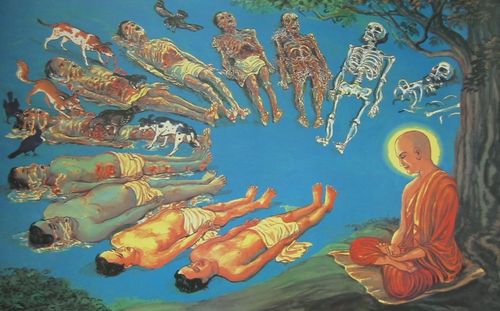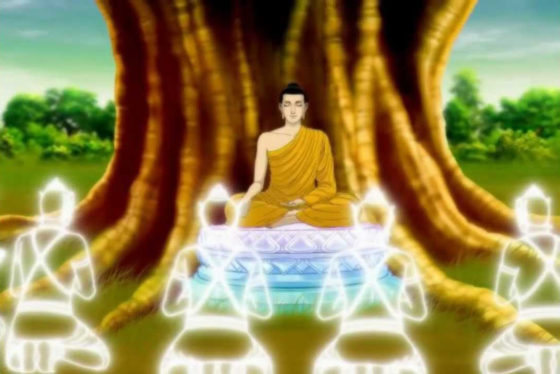Sharing and Trust
by Venerable K. Sri Dhammananda
Problems
Almost everyday we hear people complaining about their marriages. Very seldom do we hear stories about a happy marriage. Young people reading romantic novels and seeing romantic films often conclude that marriage is a bed of roses. Unfortunately, marriage is not as sweet as one thinks. Marriage and problems are interrelated and people must remember that when they are getting married, they will have to face problems and responsibilities that they had never expected or experienced hitherto.
People often think that it is a duty to get married and that marriage is a very important event in their lives. However, in order to ensure a successful marriage, a couple has to harmonize their lives by minimizing whatever differences they may have between them. Marital problems prompted a cynic to say that there can only be a peaceful married life if the marriage is between a blind wife and a deaf husband, for the blind wife cannot see the faults of the husband and a deaf husband cannot hear the nagging of his wife.
Sharing and Trust
One of the major causes of marital problems is suspicion and mistrust. Marriage is a blessing but many people make it a curse due to lack of understanding.
Both husband and wife should show implicit trust for one another and try not to have secrets between them. Secrets create suspicion, suspicion leads to jealously, jealousy generates anger, anger causes enmity and enmity may result in separation, suicide or even murder.













